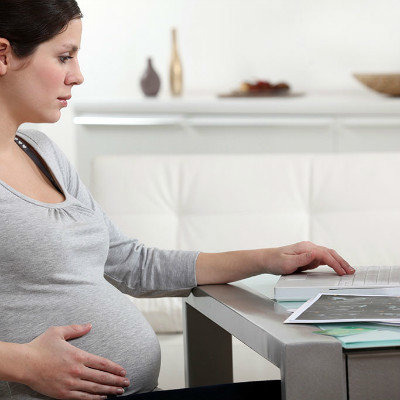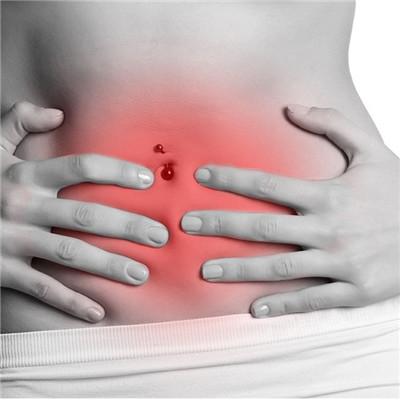What does ectopic pregnancy have in ovarian symptom?
summary
The most common site of ectopic pregnancy is fallopian tube, accounting for 95% of all cases. In addition to the common tubal pregnancy, ectopic pregnancy also includes ovarian pregnancy, abdominal pregnancy, cervical pregnancy, residual horn pregnancy, compound pregnancy and so on. In recent years, with the increase of cesarean section rate, cesarean scar pregnancies in the isthmus of the anterior wall of uterus are gradually increasing, which should be paid attention to. So what are the symptoms of ectopic pregnancy, and what should we do. Next, let's give you a brief introduction.
What does ectopic pregnancy have in ovarian symptom?
Abdominal pain: is the main reason of tubal pregnancy patients. Before the abortion or rupture of tubal pregnancy, the symptoms were dull pain or acid swelling in one side of lower abdomen. When abortion or rupture occurs, the patient suddenly feels tearing pain in one side of the lower abdomen, often accompanied by nausea and vomiting. If blood accumulates in the uterine rectum, the anus has a feeling of falling and swelling. The increase of internal bleeding, blood flow from the pelvic to the whole abdomen, the formation of abdominal pain, stimulate the diaphragm can cause scapular radiation pain.

Amenorrhea: except for tubal interstitial pregnancy with a long history of amenorrhea, most of the patients had amenorrhea for 6-8 weeks, and about 20-30% of the patients had no obvious history of amenorrhea. Vaginal bleeding: often irregular vaginal bleeding, dark red color, less amount, dripping, generally not more than the amount of menstruation, with vaginal bleeding can discharge decidual tube or debris.

Syncope and shock: due to acute abdominal bleeding and severe abdominal pain, mild syncope, severe hemorrhagic shock. Its severity is directly proportional to the speed and amount of intra-abdominal bleeding, but not to the amount of vaginal bleeding. Gross examination: most of the bleeding in abdominal cavity was anemia. When hemorrhagic shock is caused by massive intra-abdominal hemorrhage, the patient's face is pale, limbs are wet and cold, pulse is fast, thin and weak, and blood pressure drops. The body temperature is generally normal or slightly lower, and the body temperature can be slightly higher when the blood is absorbed in the abdominal cavity.

matters needing attention
Objective to prevent and treat pelvic inflammatory disease, reduce the incidence of chronic salpingitis. We should closely monitor and try pregnancy under the guidance of doctors. Try to rest in bed, less activity, light diet, ensure unobstructed urination.













